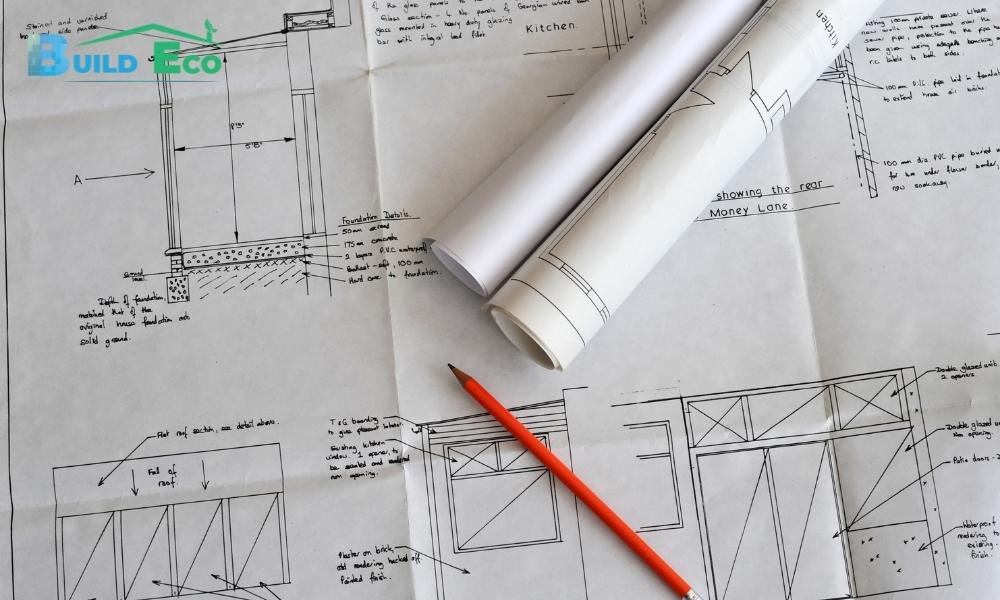The Telebeam method is a groundbreaking new way of organising the conversion of a truss (or trussed rafter) roof into a usable house. Not only will this method of loft conversion give you an additional space, or rooms, but it will also include value to your house.
Traditional methods of changing a trussed rafter roof include changing the ‘W’ sections of trusses with metal joists which generally operate amongst load bearing gable partitions. New vertical supporting timbers and floor joists are then run from these steel joists to support the current roof right before the interior trusses is eradicated.
Once the extra supports are in place the ‘W’ sections of roof trusses are nearly entirely eliminated. The roof trusses at the apex are generally retained in a considerably shortened point out mainly because they have to carry the new horizontal ceiling joists forming the new flat place of ceiling, as effectively as the regulation insulation components.
As you can envision, installing lengthy metal joists into a roof that is currently ‘full’ of supporting trusses is the trickiest element. Either a portion of a single gable close is briefly eradicated to allow the steel to be inserted longitudinally, or places of the roof tiles are taken out and the metal joists are inserted in sections and then bolted with each other when in spot.
The Telebeam program does away with the will need to insert sizeable load-bearing metal joists by retaining the load bearing triangulation, eave to eave, instead than among load bearing walls. With Telebeam only the three least expensive rows of roof tiles have to have to be eradicated quickly. Then the roofing felt is turned back to allow for the telescopic beams to be slid in along with the existing flooring joists, attaching to the wall plates possibly side. As their name suggests, the TeleBeams are telescopic and alter to the span of the building. They do not rely on any inside guidance and do the job for any roof pitch.
The vertical stud partitions at the edge of the new area transfer the roof load down onto the Telebeam technique and the initial horizontal wood joists just take the horizontal (spreading) load. The ‘W’ sections of roof trusses are now redundant and most of them can be eliminated, retaining the roof trusses at the apex to carry the new ceiling collar as just before. The new floor can then be set specifically to the Telebeam procedure, insulation can be included underfloor, between the rafters and inside of the new ceiling, and the rafters, ceiling and stud walls can be boarded more than and a plastered end utilized.
TeleBeam techniques are readily available in spans up to 8.4 metres so they are excellent for virtually any sizing of roof.
Advantages of the TeleBeam method:
a) Incorporates roof and ground assist in 1 LABC (Regional place building regulate) authorized procedure.
b) Minimises loft conversion costs – the TeleBeam program costs about £5,000 + vat for a 2/3 bed room house (the set up is not included in this figure).
c) Maximises readily available headroom.
d) Accessible in spans of 5.8, 6.2, 7., 7.8 and 8.4 metres.
e) No further timber floor joists are expected.
f) Beams slide into the roof area by taking away just a few rows of tiles from one particular facet of the house.
g) Lowered scaffolding/access fees.
h) Telescopic beams in shape most buildings and roof pitches.
i) No specialist set up abilities or applications are expected.
j) Straightforward to comply with, stage-by-phase guidance.

